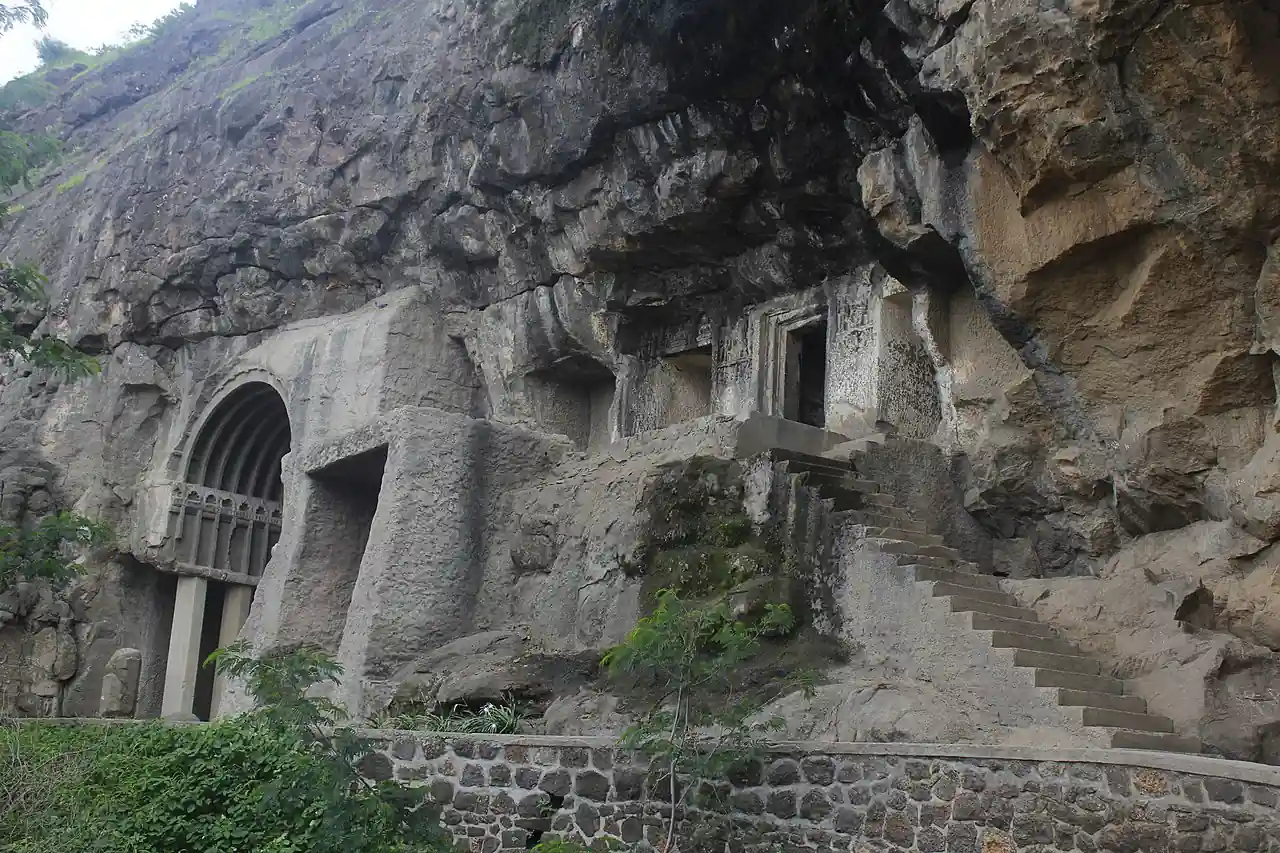Exploring Aurangabad Caves: History, Art, and Spirituality
Aurangabad Caves: A Journey Through Ancient Buddhist Art and Spirituality
Unearth the secrets of Maharashtra’s lesser-known marvel, where history, Art, and Spirituality converge.
🔴 Introduction to the Aurangabad Caves
Nestled in the rugged Sihaychal hills near Aurangabad, Maharashtra, the Aurangabad Caves are a cluster of 12 rock-cut Buddhist shrines dating back to the 6th and 7th centuries. Often overshadowed by their famous neighbours—the Ajanta and Ellora Caves—these caves are a treasure trove of artistry, spirituality, and historical evolution. Carved from soft basalt rock, they bridge the gap between the austere Hinayana traditions and the vibrant Mahayana and Vajrayana Buddhist eras, while intriguingly incorporating Hindu deities like Durga and Ganesha.

➨ Why Visit the Aurangabad Caves?
⦿ Architectural Marvel: Witness the transition from simple stupas to intricate Tantric goddess carvings.
⦿ Serene Ambiance: Escape the crowds of Ajanta and Ellora for a peaceful exploration.
⦿ Historical Significance: A protected ASI monument, these caves offer insights into India’s religious syncretism.
Ready to step into a forgotten chapter of India’s spiritual past? Let’s unravel the mysteries of the Aurangabad Caves!
Also Read
Asirgarh Fort – The Timeless Sentinel of Madhya Pradesh
🟢 Detailed Exploration of the Aurangabad Caves
Exploring the Aurangabad Caves – A Hidden Gem of Maharashtra
👉 The Western Group (Caves I–V)
Cave I: Admire the ornate pillars and Mithuna (loving couple) sculptures symbolising harmony. The façade mimics Ajanta’s later caves, hinting at shared artisans.
Cave III: A masterpiece of geometric patterns and floral motifs, predating Cave I. Don’t miss the Bodhisattva Avalokiteshvara carving.
👉 The Eastern Group (Caves VI–IX)
Cave VI: Home to a rare 7th-century Tantric goddess panel, reflecting Vajrayana Buddhism’s rise.
Cave VII: Features a stunning Durga Mahishasuramardini sculpture, blending Hindu and Buddhist traditions.
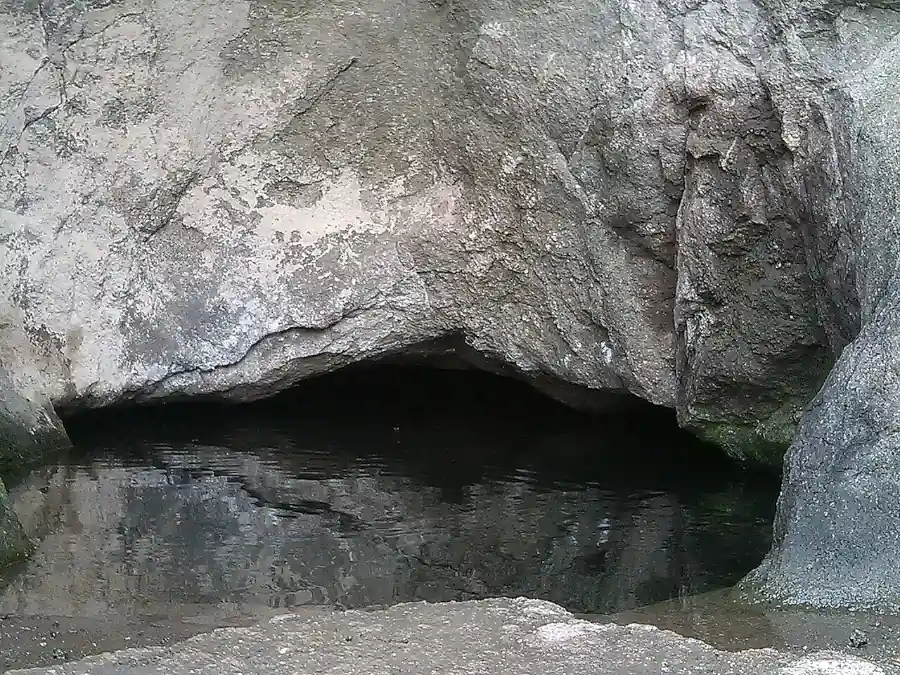
👉 The Northern Cluster (Caves X–XII)
Unfinished yet intriguing, these caves reveal carving techniques. Cave XII’s incomplete stupa suggests abrupt abandonment.
➤ Art and Architecture: A Fusion of Traditions
⦿ Hinayana Simplicity: Early caves focus on stupas and minimal decor.
⦿ Mahayana Grandeur: Later caves burst with Bodhisattva statues and narrative panels.
⦿ Vajrayana Mysticism: Goddess Tara and Tantric deities mark esoteric Buddhism’s influence.
✦ Fun Fact: The inclusion of Hindu gods highlights the era’s cultural fluidity—monks and locals likely shared spiritual spaces.
➤ Aurangabad vs. Ajanta & Ellora: The Missing Link
Scholars call Aurangabad the “sensitive remaking of life” bridging Ajanta’s elegance and Ellora’s grandeur. While Ajanta (2nd BCE–5th CE) predates it, Aurangabad’s 6th–7th-century art mirrors Ajanta’s later phases. Ellora (6th–10th CE) expanded this legacy, blending Buddhism, Hinduism, and Jainism.
➤ Visitor’s Guide: Practical Information
➨ How to Reach
⦿ By Air: Aurangabad Airport (15 km) connects to Delhi, Mumbai.
⦿ By Train: Aurangabad Station (10 km); direct trains from Mumbai, Pune.
⦿ By Road: Well-connected via NH52; 7-hour drive from Mumbai.
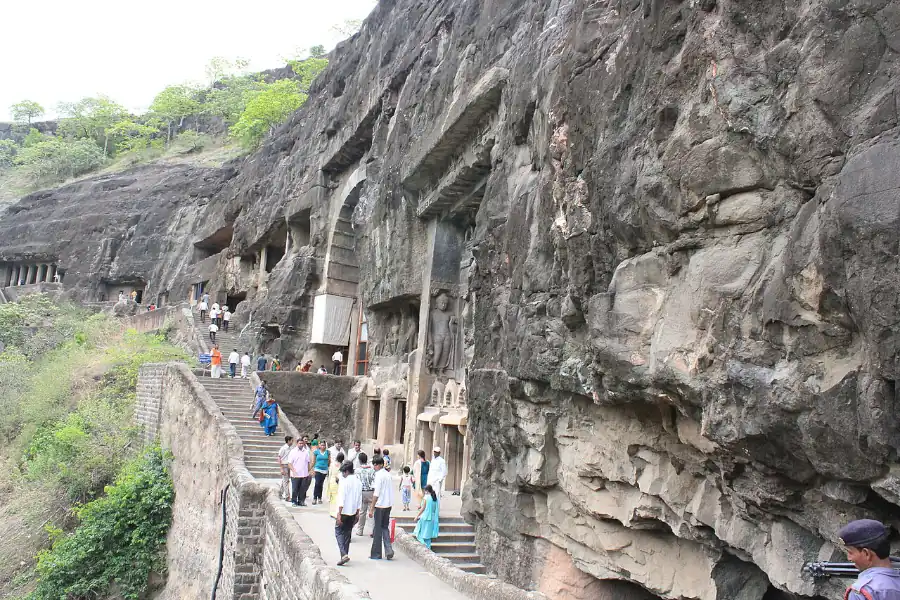
➨ Best Time to Visit
October–March: Cool weather (15–28°C) ideal for exploration. Avoid monsoon (July–September) due to slippery paths.
➨ Nearby Attractions
⦿ Bibi-ka-Maqbara: The “Taj of the Deccan” (5 km).
⦿ Daulatabad Fort: A 12th-century hilltop fortress (15 km).
⦿ Ellora Caves: UNESCO site with Kailasa Temple (30 km).
➨ Things to Do
⦿ Photography: Capture the play of light on ancient carvings.
⦿ Guided Tours: Hire ASI-approved guides for historical insights (₹500–700).
⦿ Meditation: Soak in the tranquility of Cave IX’s chaitya hall.
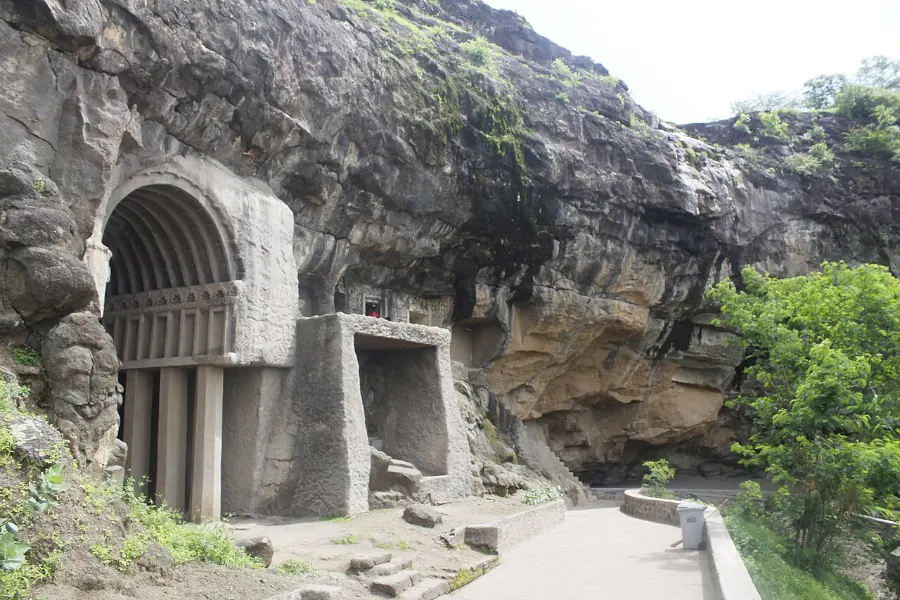
🟣 FAQs About Aurangabad Caves
Are the caves wheelchair accessible?
Unfortunately, the uneven terrain and stairs limit accessibility.
Is there an entry fee?
Yes, ₹25 for Indians; ₹300 for foreigners. Free for children under 15.
Note: Cross-check timings and fees before visiting.
Can we hire a guide on-site?
Yes, guides are available at the entrance.
🟠 Conclusion: Why Aurangabad Caves Deserve Your Attention
The Aurangabad Caves are more than just ancient rock-cut structures—they’re a testament to India’s evolving spiritual landscape. From the serene Hinayana stupas to the dynamic Tantric goddesses, every carving whispers tales of devotion and artistry. Whether you’re a history buff, a spiritual seeker, or an offbeat traveler, these caves promise an unforgettable journey.
Don’t let these hidden wonders remain in the shadows! Plan your trip to the Aurangabad Caves today and walk through the pages of history.
🎯 Sources:
1. Aurangabad Caves – Wikipedia
2. Aurangabad Tourism – Caves Guide
3. Sahapedia – Aurangabad Cave Temples
🎯 Image Credit
1. Wikimedia Commons – AURANGABAD CAVES AURANGABAD MAHARASHTRA 005
2. Wikimedia Commons – AURANGABAD CAVES AURANGABAD MAHARASHTRA 004
3. Wikimedia Commons – Ajanta caves aurangabad 11
4. Wikimedia Commons – AURANGABAD CAVES AURANGABAD MAHARASHTRA 006
5. Wikimedia Commons – Aquifer at Aurangabad Caves
For more information, you can visit our website: ExploreXP
- Bibi Ka Maqbara Aurangabad – Entry Fee, Timings, History, Built by, Images, Location & more
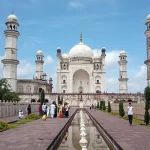
- Bhusawal – Maharashtra’s Hidden Gem of Culture and Commerce

- Bharat Mata Temple, Daulatabad Fort – A Journey Through History & Spirituality
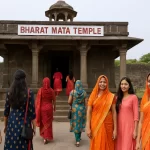
- Bhambavli Vajrai Waterfall, Satara, Maharashtra: India’s Natural Wonder

- Bhadra Maruti Temple Khuldabad, Chhatrapati Sambhaji Nagar (Aurangabad) – Divine History and Travel Guide
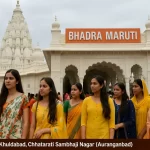
- Begusarai – Industrial Hub of Mithila Heritage

